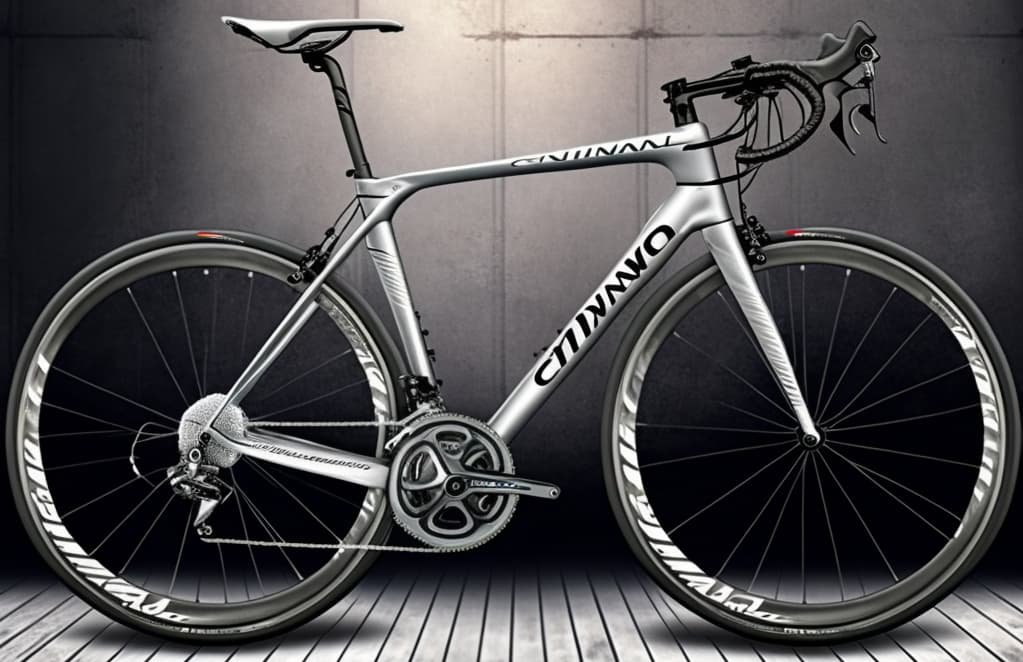In order to ensure your bike is safe and reliable, you should always inspect the frame periodically. Inspecting a bike frame involves looking for signs of damage or wear, checking for loose parts, and making sure all components are properly secured.

It’s also important to make sure that any moving parts on the bike are lubricated and in good working condition.
By taking the time to inspect your bike frame regularly, you can help prevent unnecessary repairs and breakdowns while ensuring optimum performance from your bicycle.
This guide will walk you through how to inspect a bike frame step-by-step so that you can enjoy worry-free rides every time!
What tools you need to Inspect a Bike Frame?
To adequately inspect your bike frame, you will need the following tools: a flashlight, a set of Allen wrenches, and a torque wrench.
A bicycle multi-tool can also come in handy for any adjustments or repairs that may be necessary.
How to Inspect a Bike Frame Step-by-Step?
- Inspect the Frame: Begin your inspection by carefully looking over the frame for any signs of damage, corrosion, or wear and tear. Pay particular attention to the welds and joints as these are areas that can be prone to cracks or breaks. Be sure to look at all the components attached to the frame including brakes, derailleurs, shifters, and cranks.
- Check Moving Parts: Make sure all moving parts are in good working order and properly lubricated. This includes the headset, pedals, wheel bearings, bottom bracket bearings, jockey wheels, derailleur pulleys, and any other bearing or track components that may be present on your bike frame. If necessary, apply a light oil to the parts and then work them back and forth to ensure they move freely.
- Tighten all Bolts: Use your Allen wrenches and torque wrench to check all bolts on the bike frame for tightness. Make sure that none are loose, as this can lead to damage or instability while riding. If any bolts are loose, tighten them to the correct torque setting.
- Check Pivot Points: Check all pivot points such as on the seat post, pedals, and handlebars for any signs of wear or damage. These parts should move freely without squeaking or sticking. If necessary, lubricate these parts lightly with a bicycle specific oil.
- Assess Alignment: Make sure the frame is properly aligned and that all components are securely attached. Check to make sure the handlebars and seat post have not slid out of alignment in relation to the rest of the bike frame.
- Inspect Wheels: Finally, check both wheels for any signs of damage or wear. If there are any warped or bent rims, this could be a sign of damage and should be checked by a professional bike mechanic. Make sure that the spokes are tight and properly tensioned as well.
By following these steps to inspect your bike frame regularly, you can help keep your bicycle in top condition for many years.
FAQ’s
Q: How often should I inspect my bike frame?
It’s recommended that you inspect your bike frame at least once a year, or more frequently if you use your bike frequently. Make sure to inspect it before and after long rides to ensure optimal performance.
Q: What other things should I look out for while inspecting my bike frame?
You should also be on the lookout for any rust, corrosion, or scratches that could indicate a structural issue. Additionally, make sure all parts are properly tightened and lubricated so they move freely without making noise. Finally, check to make sure your frame is in proper alignment with the rest of the components.
Q: If I find any issues while inspecting my bike frame, what should I do?
If you find any signs of damage or wear and tear while inspecting your bike frame, it’s best to have it professionally checked by a bike mechanic to make sure the components are safe and functioning properly. They will be able to diagnose the issue and advise you on any necessary repairs or replacements.
Final Words
By regularly inspecting your bike frame and paying attention to any warning signs, you can help ensure that it is performing correctly and will last for many years.
For optimal performance, it’s important to keep all components in top condition through proper maintenance, inspection, and cleaning. With regular inspection, you can enjoy safe and reliable rides for years to come.